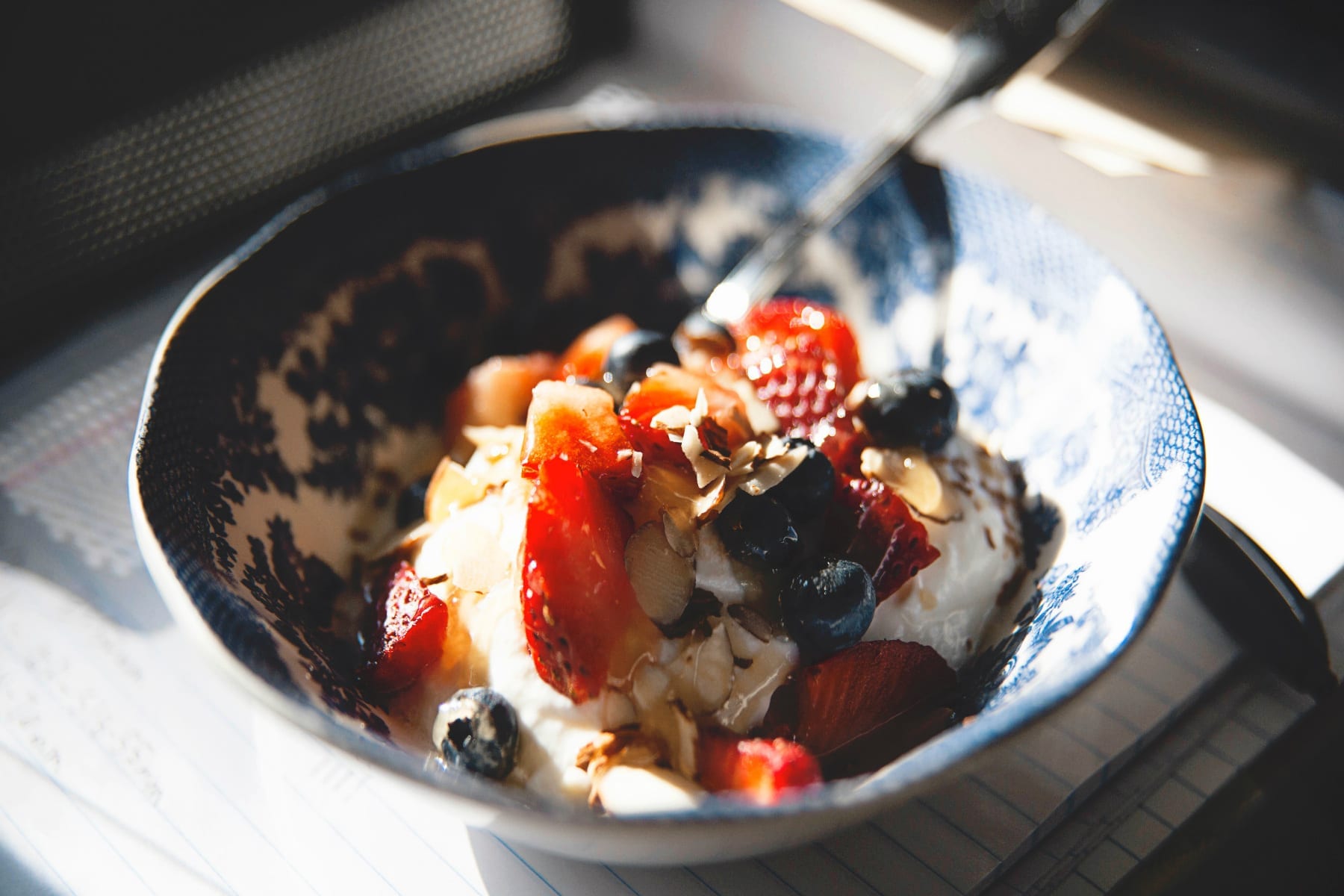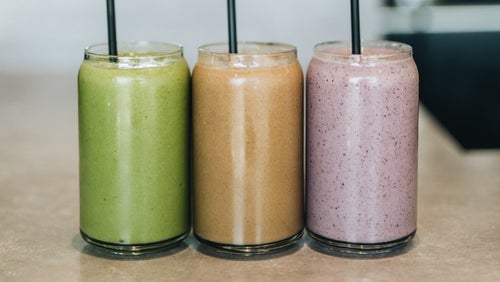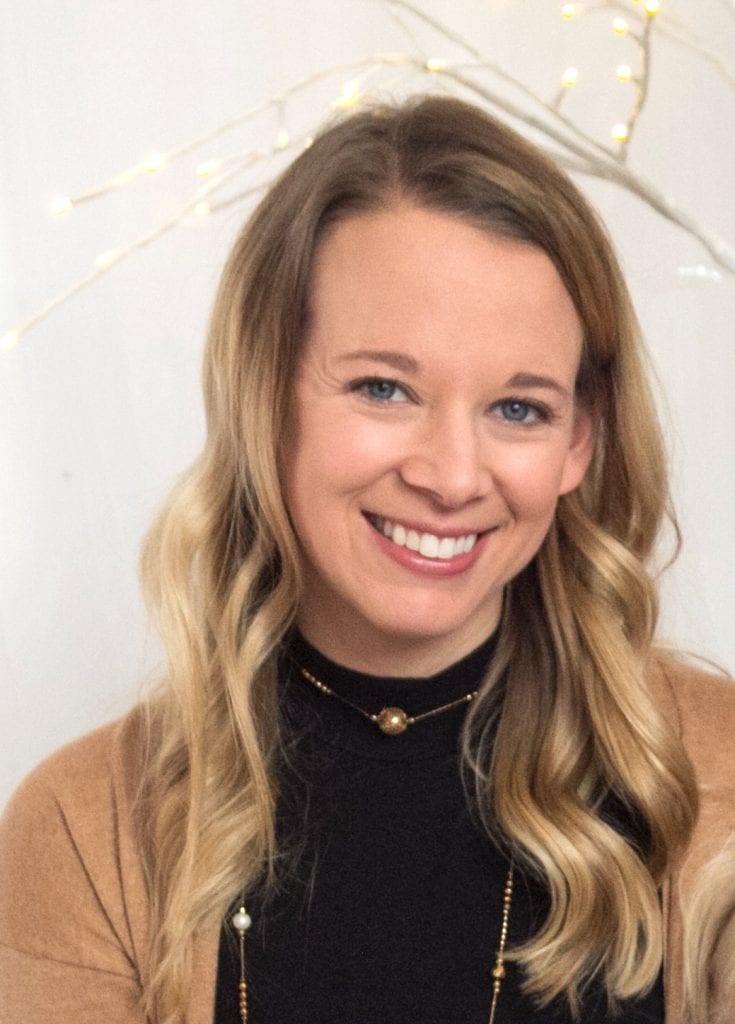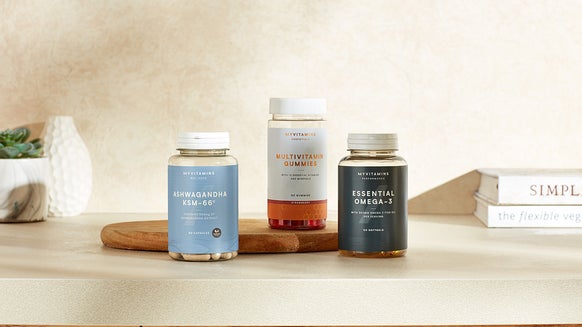How To Start Eating Healthily | 8 Tips For A Healthier Diet

If you're starting out on your fitness journey this new year, then you might have realised that it takes more than just a few gym sessions to walk out with a six pack. It's worth remembering that fuelling your body correctly is just as important as the work you put in at the gym.
Your body needs lots of different nutrients to function properly and provide you with the energy for smashing your gym sessions and your goals. If you're starting to think that your diet might slightly lacking on the healthy front, then it's time to find a fix — luckily for you, we've got the answers on how to start eating healthily.

1. Drink Smart
When you begin analysing what you are putting into your body, it's important to look at everything and not just the food.
While water may constitute the majority of your fluids, especially during a workout, you might be surprised to learn how many calories are in your favourite fizzy drinks.
It's not about cutting out all drinks except water, though, it's just a matter of being conscious of how healthy they are. After all, drinks are an easy place to start if you're trying to cut your sugar intake as people often find edits to their eating more difficult to adjust to.
Juice, milkshakes, alcohol and fizzy drinks are usually quite calorie dense with much fewer nutritional benefits. This could be having a detrimental effect on your exercise and recovery capabilities.
If you're a fan of fruit juice, avoid 'from concentrate' and go organic and natural where you can and swap out the sugar for water or tea for a healthier alternative.
Caffeine and sugar-loaded energy drinks may feel like your best ally when you're trying to keep your energy and motivation up to tackle a workout along with everything else you need to do that day, but it's also a good way to burn out your motor. Have your caffeine sparingly, and choose water where you can.

2. Opt for Low-Fat or Fat-Free Options
If you don't think that you're eating too much and have already managed to stick to a pretty regulated eating pattern, the next question is what you are eating that isn't doing you any favours.
Not all fats are bad, but some are more nutritionally beneficial than others. A good place to start is limiting the amount of processed food and refined carbs. That means cutting down on frozen food, fast food and takeaways. It's a safe bet that by choosing a low-fat or fat-free option you'll be getting all of the joy and none of the bad fats that are best avoided.
However, some low-fat options are filled with sugar or some other substitute to compensate, so be careful. Best advice: check the label.

3. Switch from Frying to Roasting or Broiling
When you fry your food you are dousing it with oils and potentially fats that are unnecessary, other than being a cooking agent. In the first instance, if you're using butter or lard, get rid of it and switch up your cooking oil for an extra virgin or coconut variety. Frying means to cook food in its own juices, or in other words its fat.
Roasting or boiling will always be your healthier options as they preserve all of the flavours while more of the unwanted fats are separated and you're also not adding more fat.

4. Drink a Glass of Water Before Your Meal
This may just be the clever trick you have been looking for. The idea is that by drinking a glass of water before you have a snack, it may quench what you thought was hunger but is actually dehydration.
The other side of this is that you may have unwittingly eaten more sugar or salt than you realised and, as a result, are feeling peckish, when in fact it has made you thirstier. So, drink up and see for yourself if this could help you to start eating healthily.
However, if you find that you're still hungry after your glass of water, always eat a snack or a meal!

5. Make Healthy Eating a Habit
If you are having trouble curbing your grazing habits, that's completely normal. Instead of focusing on the snacking fails — we've all been there — try to focus on making little changes that eventually replace the not-so-good habits.
You don't need to prove anything to anyone by leaving it all to willpower when a little bit of planning and strategy will save you the stress. Eating habits are just that: a habit and habits can be hard to break. The answer is to find an approach that works for you and block out all the noise of suggested diets that work well for the person next to you.
First of all, identify where you can make your cuts to start eating healthily. Referring to our previous points, can you cut the soda and sugar drinks and find your energy from healthier food sources? How many takeaways and frozen meals can you replace with a protein-rich alternative that you've made from scratch? You could also try swapping out unhealthy snacks for healthy (but still satisfying) options. Go for a yoghurt lower in fat and sugar, or opt for dark instead of milk chocolate.
If you're worried that you're over-snacking then this is where tracking what you eat can work wonders. Keep a journal of simple notes on what you eat throughout the day. It needn’t be too detailed, just an outline of what you’ve had so that, at a glance, you can see if on the surface it seems to outweigh what your body needed. If so, see where you can cut, especially between meals.
But try not to be too obsessive over this, make sure you're always getting sufficient calories, macros, and micronutrients.

6. Say No to Sugar
Sugar: it’s everywhere, in everything, but do you need it? Glucose makes up an important portion of your energy stores that you can’t exercise without. However, too much sugar can result in health problems and, in the short term, has a detrimental effect on your energy levels.
When it comes to cutting sugar, your enjoyment of food needn’t suffer. It can be as simple as cutting it from your tea and coffee or opting for a sugar substitute. Natural food sources tend to have all the sugar you'll need so it will be mostly in your sweets and snacks that you may need to find low sugar substitutes. You should cut these out or limit them if you're looking to start eating healthily.
Better yet, stick to natural, organic sugars: get your five a day of fruit.

7. Serve Sauces and Dressing on the Side
This is such an easy trick that you probably wouldn’t believe the difference it can make. As a general rule, your meals should be a protein to carbs at a 2:1 ratio if you’re trying to start eating healthily and get trim.
Spice is the variety of life, and sauce can rescue a meal. However, there lies the extra calories that your meal arguably doesn’t need. The secret: keep the sauce and dressings on the side and dip instead of douse so that you use only what you need. Another slip-up is store-bought sauces packed with sugar, fat and salt — go homemade so you know exactly what's in it.

8. Reduce Your Portion Size
Last but not least is the most obvious calorie saver of all: put a little less on your plate. Skim on the sides and cut the carbs first so that you’re filling up on proteins and greens, taking only what you need for energy and fuel from carbs and fats.
Here you should refer back to our advice on keeping track of what you eat with a journal and make a note of how much you’ve cut your portion by and how you’ve felt as a result. It's most certainly not about starving yourself or suffering low blood sugar, just getting what you need to do all that you have to do in your day to day.

Take Home Message
There are so many factors to consider when you start eating healthily, but with a little planning and motivation, you're bound to see some amazing differences to your energy and overall health. We're all about those extra greens to grind through a tough workout. A little change this new year, one step at a time will stop it feeling like a harsh change and more like a slow swap to making healthy lifetime habits.

What Is The Smoothie Diet?
Everything you need to know about this fruity diet.

What Is The Cabbage Soup Diet? | Is it Good For Weight Loss?
Calling all cabbage lovers...

Claire is a Registered Dietitian through the Academy of Nutrition and Dietetics and a board-certified Health and Wellness Coach through the International Consortium for Health and Wellness Coaching. She has a Bachelor of Science in Biology and a Master’s degree in Clinical Dietetics and Nutrition from the University of Pittsburgh.
Talking and writing about food and fitness is at the heart of Claire’s ethos as she loves to use her experience to help others meet their health and wellness goals.
Claire is also a certified indoor cycling instructor and loves the mental and physical boost she gets from regular runs and yoga classes. When she’s not keeping fit herself, she’s cheering on her hometown’s sports teams in Pittsburgh, or cooking for her family in the kitchen.
Find out more about Claire’s experience here.






